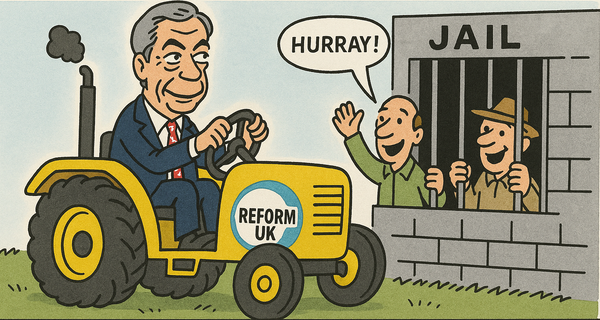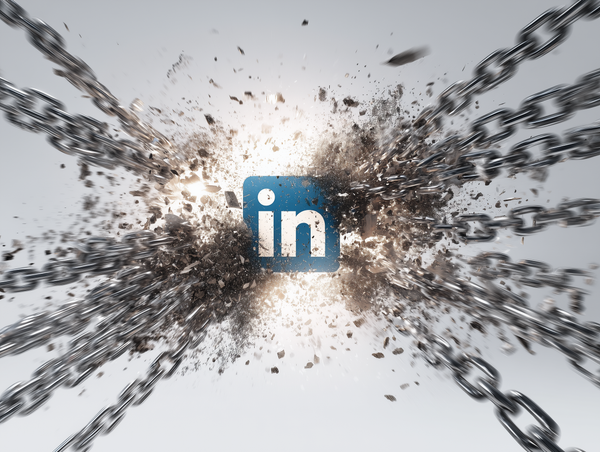Publisher retention strategies: keeping your customers happy
So, you have subscribers. How do you keep them? Panelists from across journalism discuss different approaches.
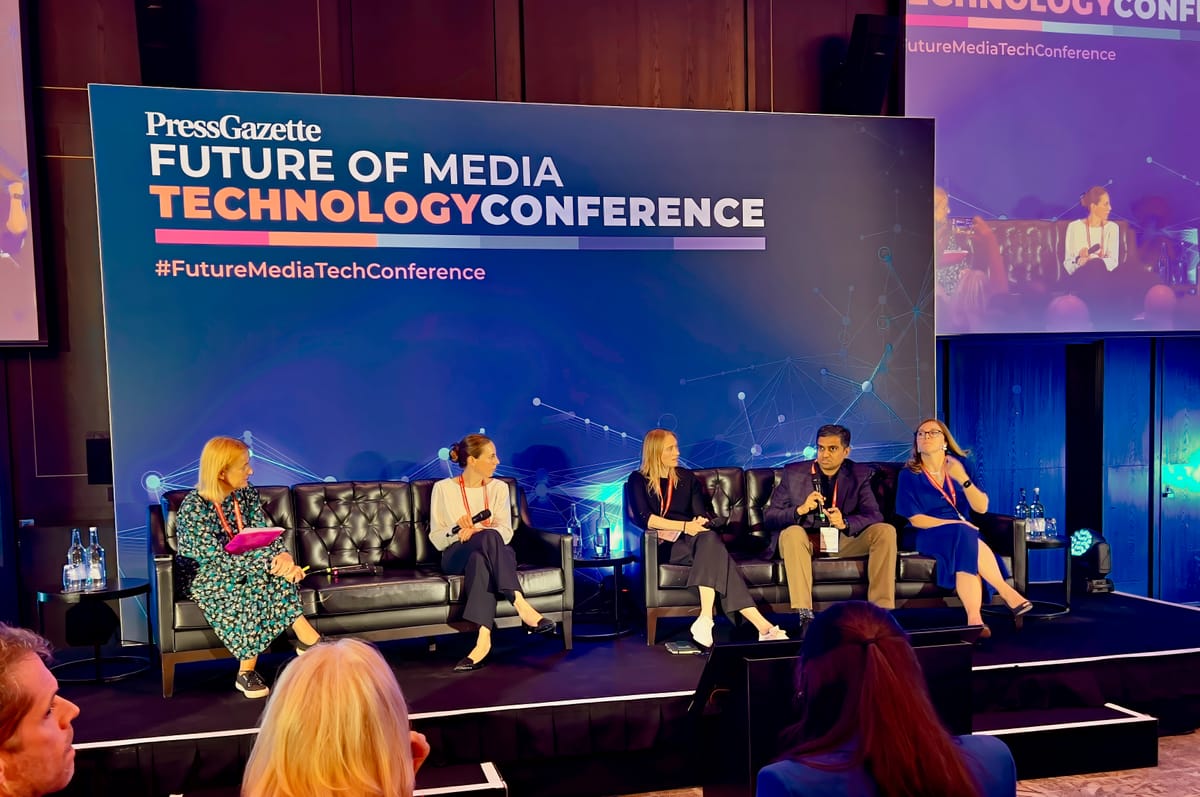
A panel discussion from the Future of Media Technology Conference on the skills and tech needed to acquire, retain and engage subscribers to news products.
Panel
- Alison Phillips, Journalist (moderator)
- Kate Day, Deputy Editor-in-Chief, Politico, Europe
- Fiona Spooner, Managing Director, Consumer Revenue, FT
- Krish Subramanian, CEO & Co-founder, Chargebee
- Liz Wynn, Chief Supporter Officer, The Guardian
Focusing on subscriber retention
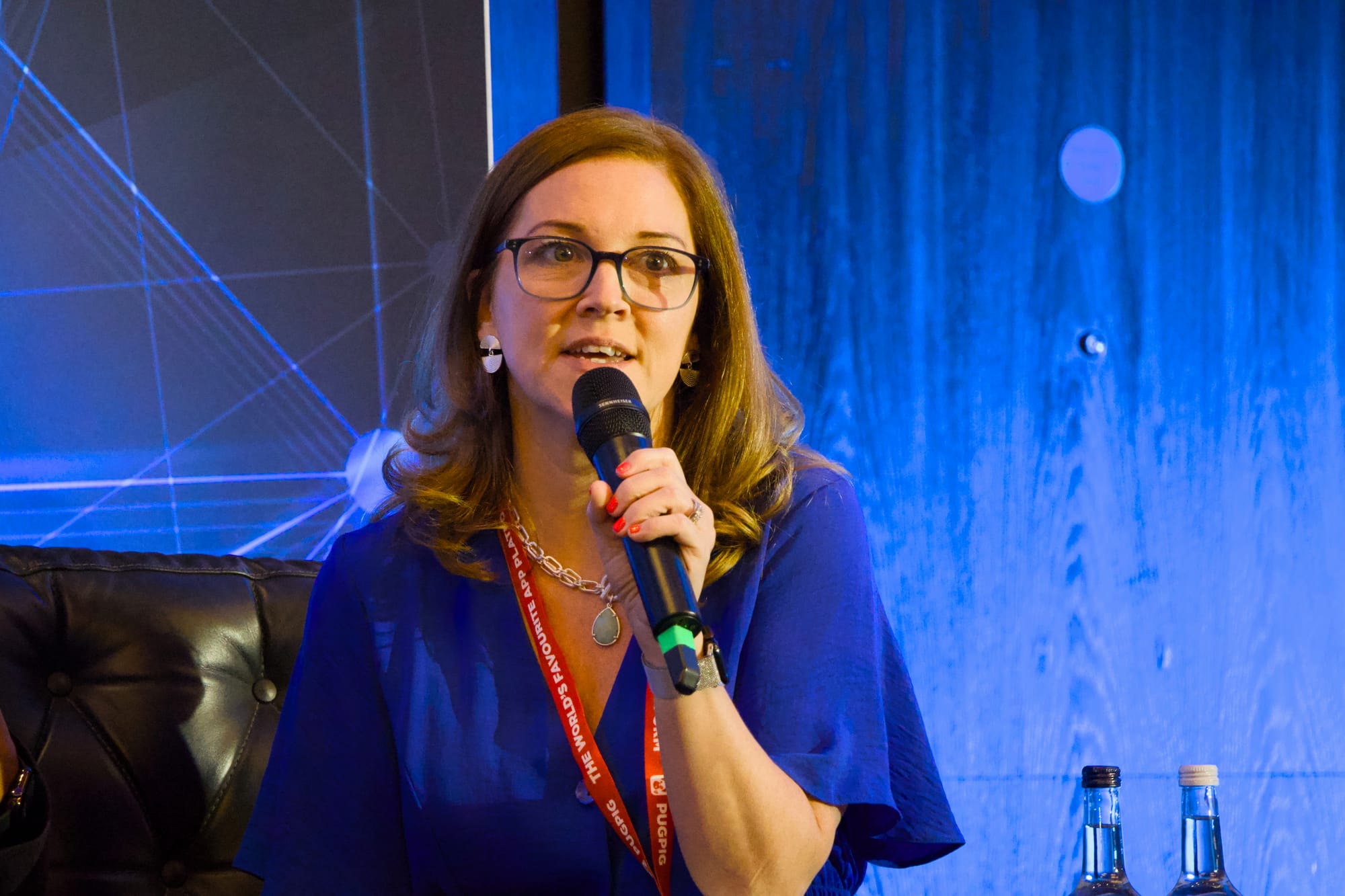
Fiona Spooner :They prioritise a direct relationship with the subscribers. After a few years of strong acquisition, they turned their focus to retention. They use a RFV score to rank subscribers — recency, frequency, and volume. 1% movement in retention is worth a 15% movement in acquisition. So they’ve focused on that. They’ve grown their retention and engagement teams.
Krish Subramanian: They work on multiple fronts, including renditions. They find that it’s more helpful to move up the funnel from the point of cancellation, to work out what leads then towards cancellation and to stop it early. People should be worrying about retention from the point of acquisition. The level of transparency and trust when you make it clear how they can leave helps retention: it makes it clear it’s a relationship, not just a subscription.
Liz Wynn: The art is getting profitable growth with the right level of retention. You won’t keep all subscribers. Member revenue has become a very significant part of their overall revenue mix. It’s built on an emotional connection of supporting the work of The Guardian. They’ve removed barriers to contributions, but giving people a basic donation model — but there’s also scope for premium offers, for people who want to support at a higher level. There’s a lot of classic commercial management, They measure churn rates after three months, They use insights generated to price their offer. It’s an emotional connection — but underpinned by commercial churn management.
Kate Day: Our newsroom has to be focused on the news that will truly help the subscribers do their jobs better. It’s a real focus in the newsroom that they’re doing the best journalism they can for their readers. They have a high price of acquisition — and now 60% of their revenue is subscriptions services. Their scoops do drive the business — they are something that provides readers with something that’s worth the price. They maintain a church and state split between the newsroom and the details of the subscriber management, so it doesn’t distort the journalism.
Discounting: an addiction we should kick?
FS: It’s very tempting because you see the results target away. Some of their US competitors are pricing very aggressively. And there’s eternal pressure to match that. But, when they did that around Brexit, they saw a big spike in cancellations in year one and then again at the year two renewal. They only discount to specific audience they feel they need now. They try to be transparent about the price, and if they do an offer, when they say it’s the last day of the sale, they mean it. The retention rate for people who come in on a full price subscription is double that of these who come in on a discount.
They do have a top-end-of-the-funnel offering, with registration, and FT Edit. But that’s clearly not the same product for less money — it’s something different.
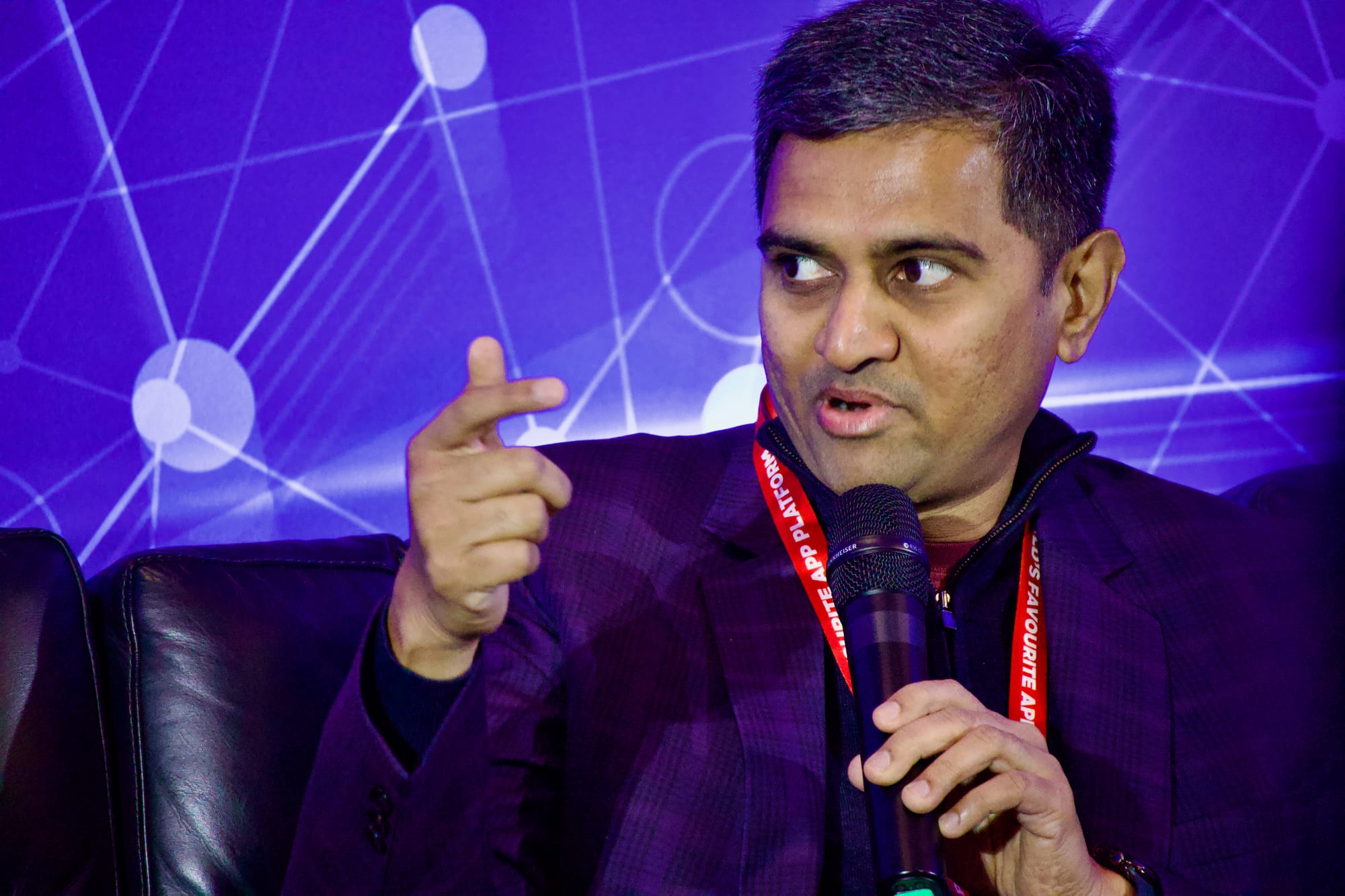
KS: There are different approaches. Is the subscriber the user? Are micropayments useful? An end-to-end view of the user journey allows tactical interventions, including discounting. The extremes are there: some people use it for volume, and some for deep acquisition. Both extremes exist.
LW: The beauty of The Guardian’s model is that it is multi-faceted. There’s advertising, there are contributions, and there’s premium subscription. Free content can be an incredible marketing platform. Discounting? It’s a solution of additional acquisition. The silliness of the first wave of subscribers to pay will be higher than the later waves. So, there are some inevitable disparities in pricing — but that creates a problem of fairness and trust, if your most loyal readers are paying more for the same product. If you move your KPIs to lifetime value, it’s very helpful in making decisions.
KD: We’re unashamedly expensive. We help people do their jobs, and we’re not asking individuals to get out their credit cards, but companies. So, no discounts. Doing things people need is critical to our success. Sometimes journalists can go down rabbit holes, wondering if something is a good story, If you keep focused on the subscribers, you can answer those questions. We are thinking about those relationships. And that can leas to premie, advertising, too.
Micropayments?
FS: we’ve been talking about them for a long time, but nobody has really made that work. We do have a cohort of readers who pay £1 to read an article, and we never seem them again, and that’s fine. We are having conversations about micropayments — but the pricing discussions are complex, and that’s what stops us.
KS: The moment of truth is when people want an article — can you give them access right away, or make it complex, by creating a wallet, and putting money in it? Are you just trying to monetise an article? Or are you trying to start a relationship with the customer?
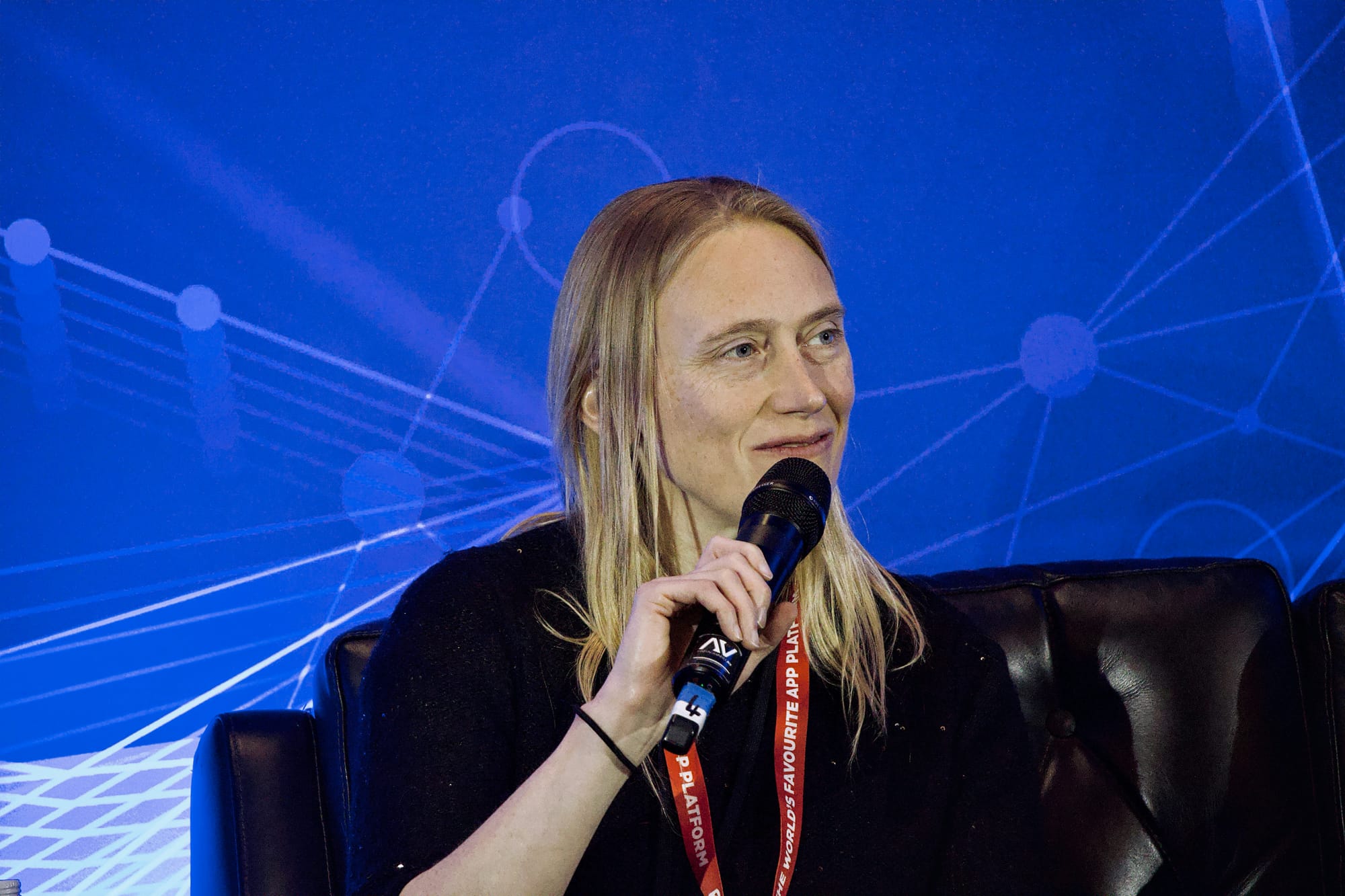
LW: Well, the one-off contribution is the uptime micropayment… There is a segment of our audience that prefer the control of a one-off payment. How do you price that in the context of the rest of your offering? Look at that NowTV sports pass, and the pricing journey of that.
KS: Can you take someone interested in a £1 article, and sell them a £10 bundle that gives them more value instead? That’s the interesting challenge.
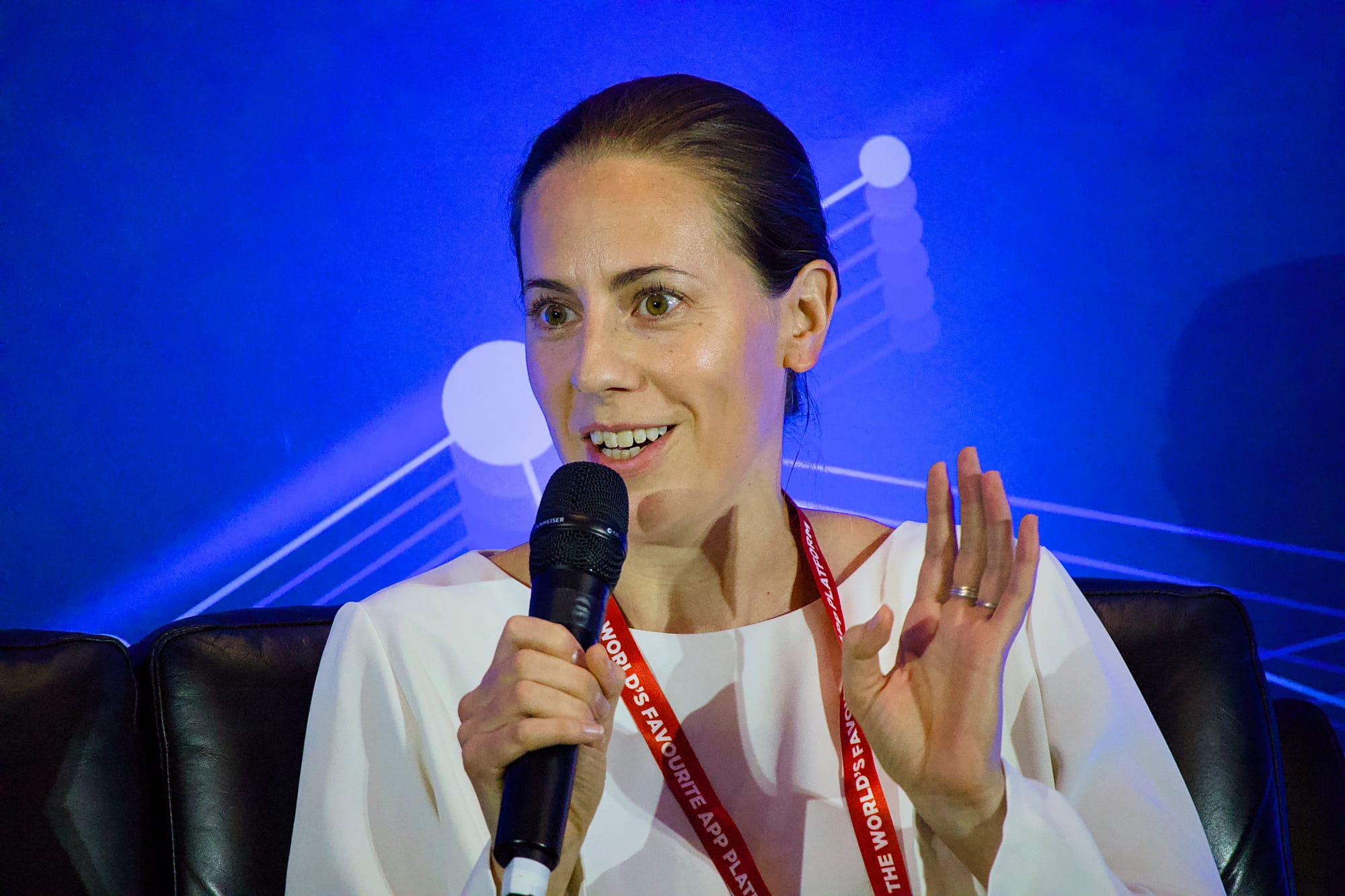
KD: Our focus has been on the long-term, sustainable building of a relationship. There might be a place for micropayments in that eventually, but for now, we’re focused on that value.
Does personalisation help?
FS: Data shows that people who set up personalisation are less likely to churn. But how do with balance that with the value of people not always knowing what they want to read, and the skill of the editors in choosing stories?
KS: Learning to tie the input signals of reader intent and interest to the output signals of what they see if the key. And that’s not easy.
KD: They have newsletters for each vertical within their market. People value that very much — but we hear a lot from subscribers about information overload, so we’re starting to experiment with things like AI summaries of information. Some new developments in technology are making that more possible, will allow us to tailor things.


